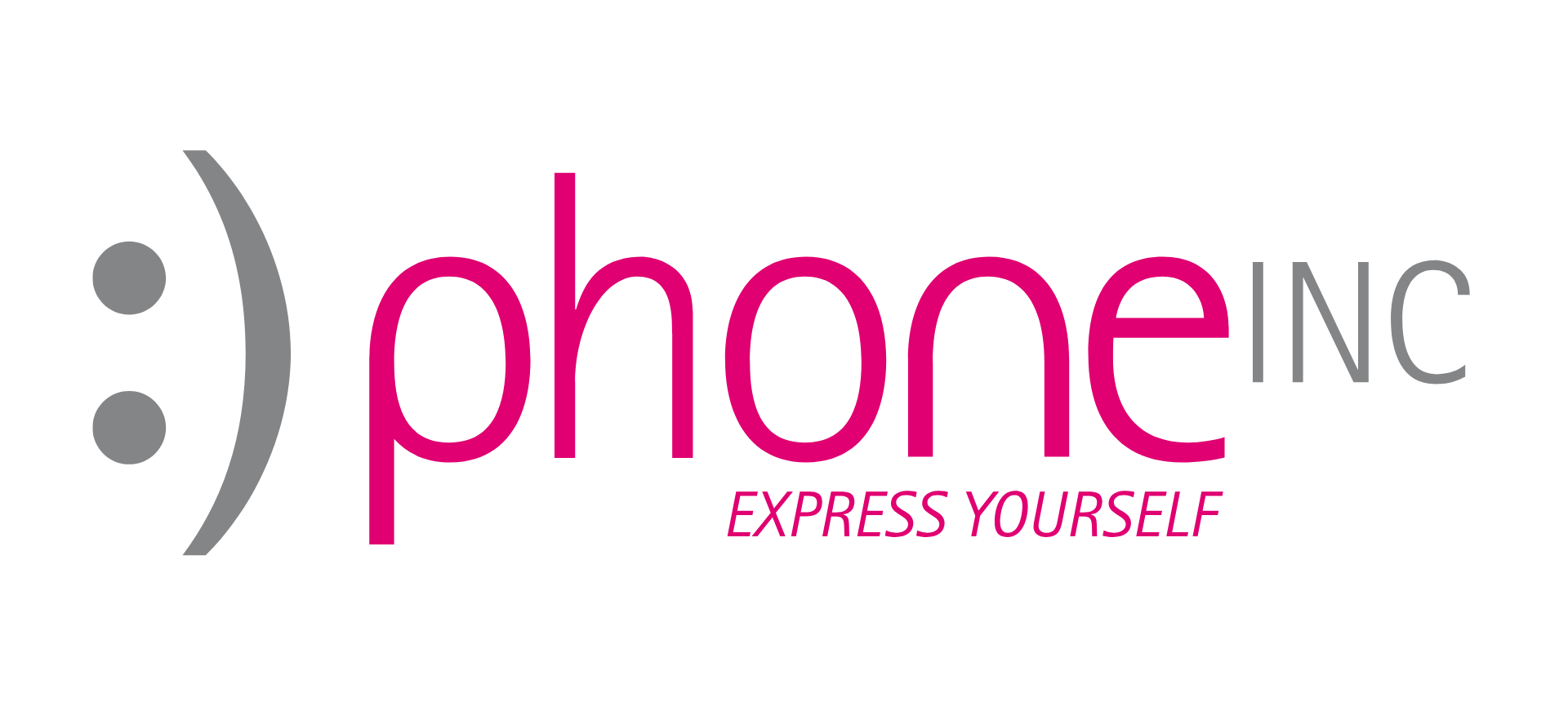How to dry out, rescue and fix a water-damaged Apple iPhone: Emergency tips and solutions
Here's how to rescue a waterlogged iPhone, whether you dropped your iPhone in the bath, the sea or the toilet. We show how to fix the wet iPhone, dry it out, and recover the data inside.
My iPhone got wet! Help!
So you dropped your iPhone in the bath, the sea or the toilet, and you want to fix it, dry it out, and recover the data inside. Here's how to rescue a waterlogged or wet iPhone. Updated, 9 September 2014
It's a sad fact that iPhones and iPads (but particularly iPhones) get damaged all the time. Probably the most common is the smashed screen, which we discuss in our article on getting Apple to replace your broken iPhone. But the second most common is almost certainly water damage.
Cheer up, however, because a quick dunk in the old H20 isn't necessarily a death sentence for an iPhone - we can't guarantee anything, but all is not lost quite yet. In this article we explain the best strategies for dealing with a water-damaged iPhone or other iOS device. (Indeed, the same principles will apply to most electronic devices.)
Emergency external drying
First things first. Get the iPhone out of the water (lake/bidet/soup) right away, if you haven't already, and don't even think about plugging it in. If the waterlogged iPhone is plugged in already, unplug it (very carefully), and don't be tempted to turn it on and check for damage, which can cause short circuits.
If the wet iPhone is in a case, remove it; take the SIM card out too. (Removing the battery wouldn't hurt either, but this is obviously only for confident DIY-type users who are willing to void the warranty.) These steps help to reduce the number of nooks and crannies where water can linger, and help to avoid damage to key iPhone components.
Wipe the excess and exterior liquid off everything you can reach. Turn the iPhone upside down and give it a gentle shake to clear the ports and sockets.
Now, what you want to avoid is activating the circuits inside the iPhone, because this is likely to lead to short circuits - that's what causes the long-term damage. If the iPhone happens to be switched off, therefore, leave it off. Don't be tempted to power it up and see if it still works. It might, and then promptly stop working forever precisely because you took a look.
A more likely scenario, sadly, is that your iPhone was switched on (or in sleep mode) when you dropped it in the drink. So at this point you're looking at two unappealing options: power down (but in the process causing the screen and operating system to wake up briefly before switching off) or leave the device in sleep mode in the hope that you don't get any notifications.
It's your decision, but after discussions here in the Macworld offices we've decided that the lesser of two evils is to wake the iPhone briefly in order to do a full power off- and that's what we suggest in the video at the top of this article. If you were lucky enough to be in Airplane Mode when you dropped the device, however, or are otherwise confident that nothing will happen to make your iPhone wake up in the next 48 hours, leaving it alone might be the better option.
Deeper drying with rice or silica gel sachets
Now we need to draw as much interior liquid out as possible. Resist the temptation to use a hair dryer or other heat treatment, which can damage the iPhone's internal components. (A few iPhone users advise the use of a non-heated fan, mind you, which at least shouldn't make things worse, even if we think the below techniques are likely to be more effective.)
To get moisture out of the iPhone's interior, you need a dessicant. Many people swear by uncooked rice, advising owners to put their damp iPad or iPhone in a big bowl of the stuff (cover it completely) and leave it there for 48 hours or so. The rice will absorb the moisture effectively, and most of us have some uncooked rice in our homes (or can get hold of some fairly easily). But it may get dust or even entire grains into the ports. Be warned.
We discuss this method in more detail in our article: iPhone water damage: rescue a soaked device with rice trick
However, a better option than uncooked rice if you've got it is silica gel - those little (and inedible) packets that come with some electronic components, particularly if they've been shipped from a country with a humid climate. You need to muster enough of them to cover the iPad/iPhone. You may be able to buy them en masse from a craft shop, and handbag shops are a great source - ask the staff if they mind you fishing out the sachet that you'll probably find zipped into each handbag's interior pocket.
Silica gel sachets should dry a wet iPhone out more efficiently and less messily than rice. You should still give the iPhone at least 48 hours to dry out completely, however.
How to fix a water-damaged iPhone: Dismantling your iPhone
If you're really confident about doing DIY repairs on your iPhone, mind you, the best approach to a wet iPhone is to unscrew the bottom screws (on most models of iPhone this will require a proprietary type of screwdriver head, available as part of some 'iPhone repair kits' sold by unofficial third-party accessory makers) and access the interior. Just bear in mind that this is likely to invalidate any warranty coverage you've got, and that there's a risk that your DIY work will cause damage rather than repair it.
Still: the most effective way to get water from the inside of an iPhone is to get right in there and dry it out from within. You'll want to take the battery out, for instance (this also minimises the potential for short circuits), and get water out of all the internal nooks and crannies. Apply a soft dry cloth to all interior surfaces while endeavouring to be as gentle as possible.
We're not sure we'd recommend this approach, primarily because of its potential to exacerbate the problem. But in some situations it may be the only way to save the day - and if nothing else works and you're out of warranty, you may find yourself with nothing to lose.
How to fix a water-damaged iPhone: What to do next
Once you've waited a couple of days and think you've successfully dried out your iPhone, you can try switching it on. If it still doesn't work, or if you want to get the internals checked out, you can ask Apple to take a look, but bear in mind that iOS devices have internal liquid detectors, so there's no point pretending the device went wrong of its own accord. They will know.
One final warning: a bad submersion may cause long-term damage, particularly to the battery, that only becomes apparent months later. In one famous case, an iPhone 3GS spontaneously overheated more than a year after being dropped in a pool. The owner had used the rice technique and the iPhone had worked fine afterwards.
We would therefore advise that, if you're lucky enough to be able to get your iPhone to run after a dip, you should back up all important files on the device in case it packs up again in the future. Its recovery, we're sorry to say, may only be temporary - but we hope not.

